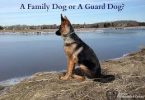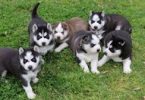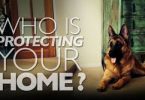Historians can’t agree when the first dogs were domesticated. DNA science places the incorporation of wolves into gather-hunter tribes between 15,000 to 30,000 years ago. At some point, primitive man connected with roving packs and adopted one or more into their tribe. From the Arctic to the Middle East, evidence suggests that canines were the first thing man domesticated. The exact date when dogs became man’s best friend may never be known, but assumptions can be made why humans started viewing some animals as survival companions instead of food. At some point, primitive man connected with roaming packs and adopted them into their tribes.
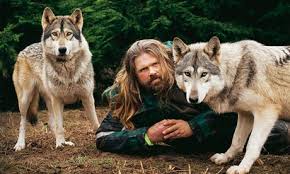
Dogs have many physical and instinctual attributes far beyond those of man. They have predictable behavior and can be trained to do work. In the present day, our four legged friends fill valuable survival related roles into our readiness planning. Beyond the emotional experience people describe in choosing their dog, there are logical reasons certain dog breeds will be the best choice for your situation. Which dog is best for your situation and environment?
Transportation and Packing

The concept for the sled dog was likely conceived when the strength of a wolf was noticed tugging at the end of a leash. In Arctic areas, sled dogs have been used for generations. The transportation abilities of the Alaskan Malamute and Siberian Husky are highlighted in dog sports such as the Iditarod that emphasizes the endurance of mushing dogs. My Malamute can run at full speed for an incredible amount of distance and pulling to run is one of his favorite passions. These dogs are true powerhouses with the ability to run unexhausted far beyond that a any human.
These dogs require thousands of calories per day and with their thick coats, they adapt extremely well to work in cold conditions. in the right environment, these dogs can be a viable option for the survivor. The ability to travel great distances and thru tight paths in cold weather capable of freezing snow machine engines may be appealing to you. If so, a team of sled dogs may be the right choice for you.
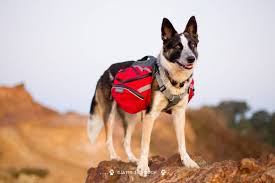
Dogs need not work in a pack to carry equipment into the field. There are many dog mounted bags available on the market for them to carry some equipment. Collapsible bowls, dog leads and toys can be carried in their packs instead of taking up room in yours. Word of warning-don’t let your dog carry his own food or rewards if it is a working dog. The scent could throw off it’s nose to the game or person being tracked or the task that needs to be accomplished. They may also decide to help themselves to their rations.
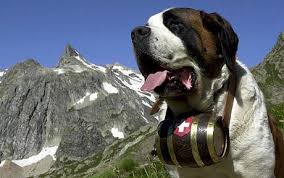
Some lighter-weight emergency equipment can also be carried on them should you lose your pack. St Bernards ironically carried flasks around their necks. If for some reason you are separated from your gear, your dog may have some emergency equipment that could stop bleeding, start a fire, or signal for help. Just be certain not to give your dog anything to heavy to carry that could be detrimental to his health.
Hunting

Ask any bird hunter what it is like to hunt without a dog compared to a well trained dog. Birds will often remain motionless and will not flush even when literally walking on top of them. Hunting dogs fall into flushing or pointing categories with popular breeds including Brittany, Labrador, Retriever and Weimaraner.
Hunting birds with a dog maximizes the use of an open space and results in more birds stuffed in your field vest and belly. At times, dogs will even retrieve birds that haven’t flushed and they bring them back alive. Some bird dogs can be taught to retrieve birds that fall into the water after being shot. Unless watercraft is available, retrieval over water can be difficult if not impossible for a human.
Birds are not the only game dogs can assist in the hunt with. Wild boar are often hunted with the help of dogs. Given the danger associated with pursuing wild boar, an animal known for his tendency to turn on a hunter, fearless dogs can provide an edge in the field.

Popular hog hunting dogs include the Rhodesian Ridgeback, the Pit Bull and the American Bulldog. Boar hunting dogs serve as either the tracking dogs or the dogs sent after the boar once they are cornered. They are given some protection from the tusks but their natural instinct protects them as they wrangle the boars and control the animal. Boar hunting with dogs is a team effort, requiring coordination but it is highly effective against smart prey.
Protection
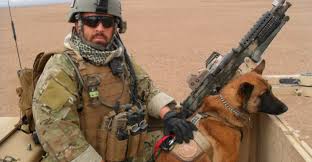
Police and military units train certain breeds of dogs to work alongside soldiers and police in the field. Some of these working dogs are trained to sniff and others are trained to fight. Both the bark and the bite of German Shepherds, Dutch Shepherds and Belgian Malinois are forceful and command respect. A common argument regarding military style firearms is that the civilian should have similar technology. For a similar logical reason, many of these breeds are popular in civilian homes. Like any tool capable of inflicting harm, a training regimen should be followed to reduce the chance of injury to the handler or anyone around him and his working dog.

One particular breed of dog highly specialized for protection of property is the Tibetan Mastiff. These dogs historically were nocturnal, roaming the villages and monasteries at night. They can be trained to understand specific confines of property lines and are highly capable of warding off large predators. Highly intelligent and powerful, these dogs are not without limitation. They are self sufficient and can be trained to look after your property when you are not around.
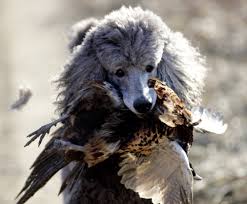
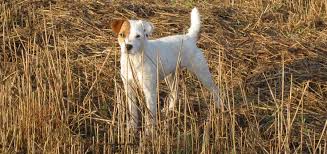
One element of protection is avoidance and sometimes the best guard dogs are not the strongest or largest. Smaller dogs in the poodle and terrier breeds work well as sentries alerting when an anomaly is present. They are also good for hunting small game. Smaller dogs may be all your living space allows and your readiness plan should include the means to address a threat once your dog alerts you to one.
Companion
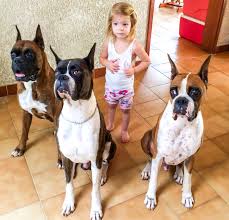
Darkness in the middle of the night, can make a stay outdoors scary and lonely. When your sense of vision is impaired, your sense of hearing is magnified making even the smallest of noises terrifying. That is why fire provides a feeling a relief when spending a night out alone. Having a dog at your side changes the scenario. They can post guard duty while you are asleep, and even if they are slumbering, their trigger to wake up is more sensitive than your own. Dogs become reliable companions, are often referred to as family and are believed to be “like a person”. The fears of traveling alone prevents a lot of outdoorsmen from experiencing the outdoors but with a companion dog, the paralysis is alleviated or removed altogether.
Important Questions to Ask Yourself
Obedience
If your dog lacks obedience, he will most likely not be able to perform under duress, let alone on a day to day basis. Prepper K-9’s need to have a solid obedience foundation to be able to perform the tasks at hand.

Recall The recall command is the most important obedience command that you can teach your future K9 Survivalist. This command could be key in a life and death situation. Not only should your dog come when called in a normal, everyday situation, but he should be proofed to come when called in a distracting environment. Will they return to you on a moments notice when around other dogs and people? Will they come in a moments notice or do they delay and come back when it is convenient for them?
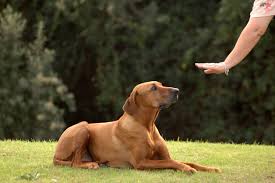
Stay If you decide to check something out, will your dog stay in place? Will your dog stay outside a building when you go in to investigate? Will they be waiting for you in the exact same spot unmoved, no matter how long it takes you to return?

Heel Will your dog follow you without hesitation or question? Through a crowd of people? Through a crowd of dogs playing ball? A dog needs to stay by your side no matter what the distraction.

Alert If someone knocks on your door, will they bark? Will your dog alert you of danger in the night while you are sleeping? It’s important that if you are not able, your dog can still be alert.

Quiet Will your dog be quiet on command? Your dog needs to quiet when you tell him, especially when you do not want him to alert others in the area that you are there.
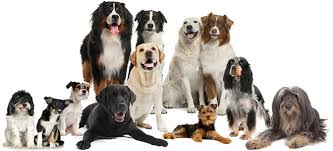
Social You want your dog to be social to other dogs and other people. Can you trust that your dog won’t see every person and dog as a threat. He should be completely neutral unless you tell him otherwise.

Physical Shape Is your dog lazy or overweight? They should have physical exercise every single day. Your dog was meant to move and so are you. If you and your dog are not able to hit the road when called, he could become a detriment or casualty.
American Survival Guide, Volume 4, Issue 10


